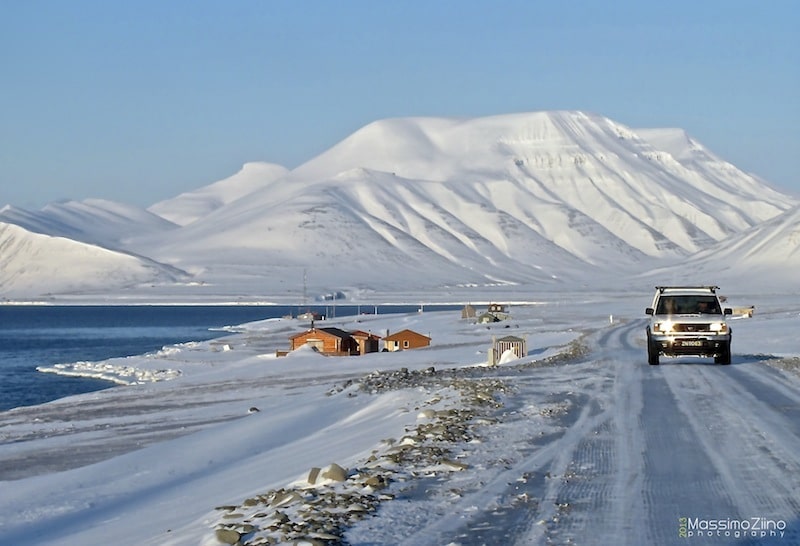I deem myself lucky for I’ve been more than once to the Svalbard Islands which have left e deep impression on my mind and on my heart. To whoever loves unusual experiences and wild natural landscapes, this is the place to be.
Last human settlements before the North Pole, Svalbard is an archipelago in the Arctic Ocean. It’s the northernmost part of Norway and the last border before the Land of Ice.
The islands cover more than 65.000 square kilometres and the biggest are Spitsbergen, Nordaustlandet and Edgeøya.
Even if formally part of Norway, the Svalbard Islands are concerned by an international agreement which allows all signatory countries to colonize them and develop their economy. In the past, the USSR created settlements in Barentsburg and Pyramiden which hosted up to a few thousands people and for some time the most spoken language in Svalbard was Russian. After the fall of the Eastern Bloc, the Russian and Ukrainian population dropped to 500 people and Pyramiden has been abandoned. But since 2009 Barentsburg inhabitants are trying to revitalize the archipelago for touristic purposes.
Among the different settlements there are no roads and people move by boat, airplane or helicopter, beside the less comfortable but very fascinating dog sleds.
The Svalbard Islands have also worked as outpost for polar expeditions. From King’s Bay in Ny-Ålesund, on May 23, 1928, the zeppin ‘Italia’ led by Italian explorer Umberto Nobile left for the North Pole and towards its tragic end. When the expedition was almost completed, a terrible storm threw the zeppelin against the ice peaks. Nobile and nine more men fell on the snow, while the rest of the crew disappeared with the airship leaving no trace.
The commander and the other survivors were found and rescued only after one month by the first international rescue operation in history. Even nowadays all logistics for the international scientific research base start from Svalbard.






